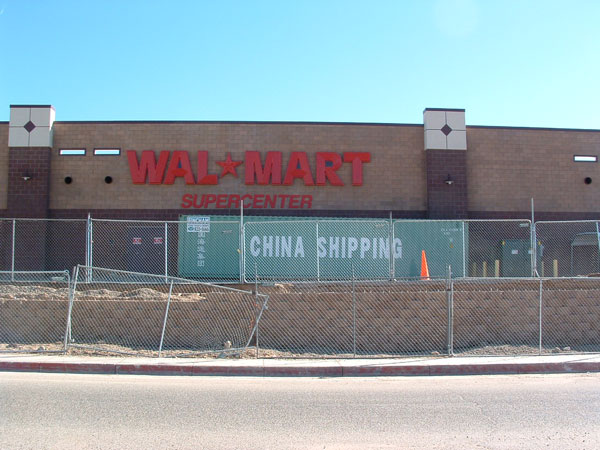Coal burning and water supplies are integrally linked in the southwestern United States.
When the Central Arizona Project was built in the 1960s, planners hoped to build hydroelectric power plants on the main stem of the Colorado River to generate the power to lift the artificial river they were building up a total of nearly 3,000 vertical feet of elevation needed to get it to the growing cities of central Arizona.
But the nascent environmental movement, which in this part of the country coalesced around the construction of Glen Canyon Dam, would allow no more dams on the Colorado. So the coal-burning Navajo Generating Station was built instead, supplying the power to pump the CAP’s water with power to spare.
But that source of cheap power is in jeopardy, as Susan Bitter Smith, head of the CAP’s board, argued in an op-ed over the weekend. The EPA is considering requiring new pollution control equipment, and the added cost of the price of carbon looms:
If EPA is successful, it would increase the generating station’s costs by $600 million to as much as $1 billion. Add to that the other possible increased costs with proposed greenhouse-gas legislation requiring cap-and-trade and/or carbon-capture technology, and costs could go higher.
Faced with such enormous costs and the uncertainty of future regulation, Navajo Generating Station participants could decide to close the plant. That would force CAP to find other power sources. Current projections show that going to the open market would add about $70 million a year to CAP’s operating costs.
When I was in Arizona last week, I spent some time sitting in on a meeting of Central Arizona Project stakeholders talking about how to approach cost structures for future water supplies, which are likely to be energy intensive, involving desalination and/or pumping. Uncertainty over future energy costs was a big topic of discussion.
It’s another example of the energy-water nexus.



